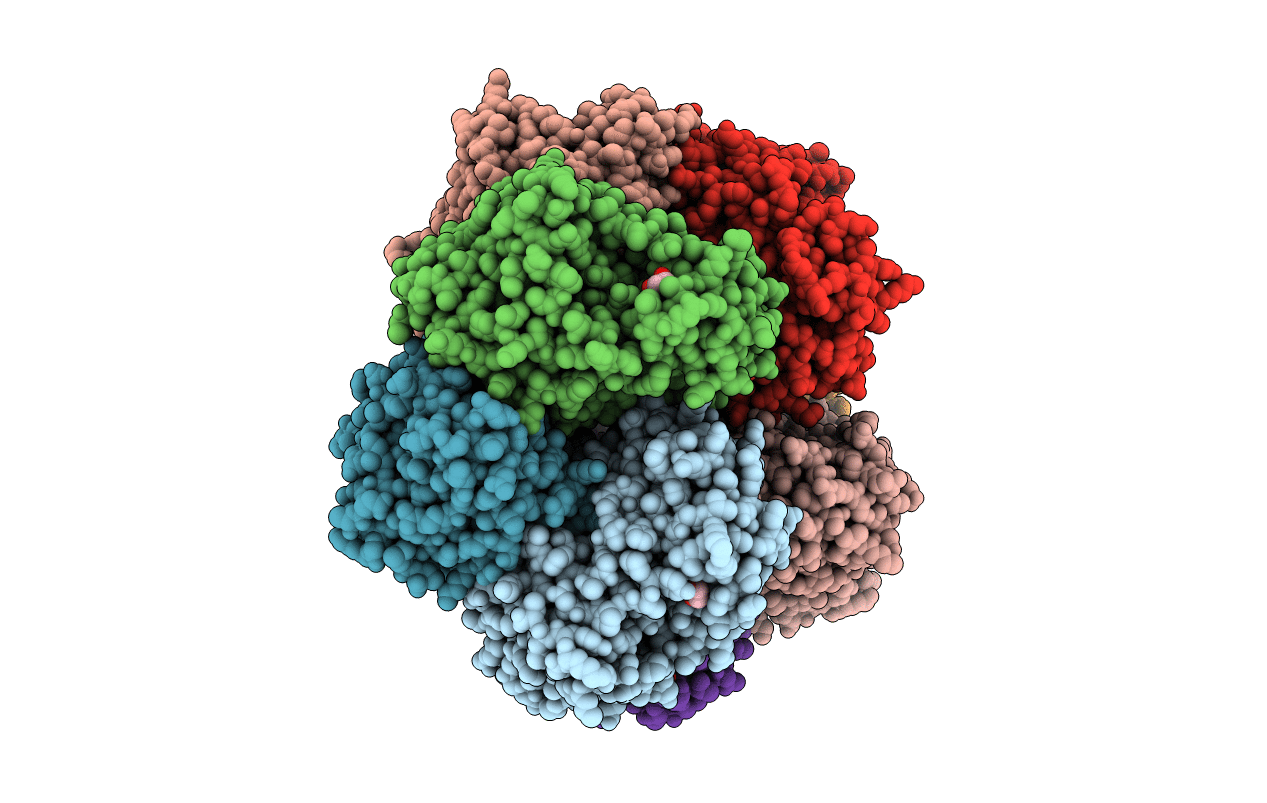
Deposition Date
2020-01-13
Release Date
2020-08-05
Last Version Date
2024-10-23
Entry Detail
PDB ID:
6VIM
Keywords:
Title:
P. putida mandelate racemase co-crystallized with phenylboronic acid
Biological Source:
Source Organism:
Pseudomonas putida (Taxon ID: 303)
Host Organism:
Method Details:
Experimental Method:
Resolution:
2.00 Å
R-Value Free:
0.19
R-Value Work:
0.15
R-Value Observed:
0.16
Space Group:
C 1 2 1


